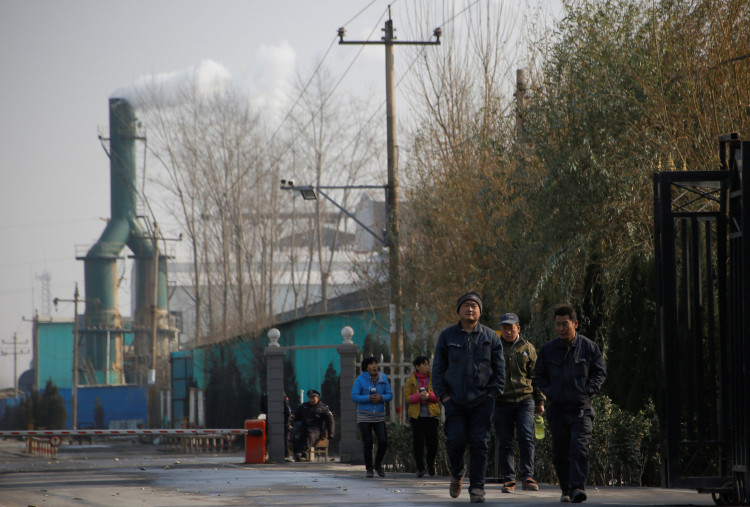China adhered to set and strengthen its domestic policies to lessen the carbon emission in the country. The country committed in an agreement with nearly 200 other countries to end carbon emission in 2030 and also to increase fossil share of its main energy consumption to 20 percent.
China supported the Paris agreement in 2015adhgering to its Nationally Determined Contribution (NDC) that will strengthen the country's domestic policy that targets earlier emission peak and faster reduction. The Chinese government had issued the National Strategy on Energy Production and Consumption Revolution (2016-2017) weeks after the Paris Agreement was implemented in 2016. The policy targets China's energy consumption and non-fossil energy in 2030.
It was reported that China's energy and environmental policies made lots of positive changes since it has taken effects. It was reported that the countries coal consumption were limited to mitigate greenhouse gas emissions and to control air pollution. The policies were reported to lead the country to limit coal consumption in 2013 while moving forward with slower but higher quality economic growth and an increased shift to clean energy. The capping in coal took place seven years earlier than the expected results of the policies.
It was reported that the country's energy needs for its economy decreased by more than 45 percent since 2005. It was reported to have met China's Copenhagen target three years earlier than what was expected.
The country is also on continuing to reach its targeted level of non-fossil fuel share on its primary energy consumption. China's credibility over its targets to set is obvious not only by the recorded changes but it was generally guaranteed by its effective system of policy implementation. In the implementation of the policies, those that were set as "restrictive" by the central government were taken as binding at every level of its local governments and are after implemented by its relevant implementing units and enterprises.
It was estimated on studies of China's energy-related carbon emissions models predicted that the year of peak emissions will decrease between 2020 and 2030. Nicholas Stern, Jiankun He, Jiaqi Lu, David King, Tianle Liu wrote in their Brookings paper that they are developing a new approach on carbon emission based on trusted national policy targets in assessing the peaking time and rate of reduction of the countries carbon emissions. The result of their paper showed that the country's emissions entered a decade-long plateau in 2014 with visible minor decreases for the succeeding years which could be at tits steady decline at around 2025.






